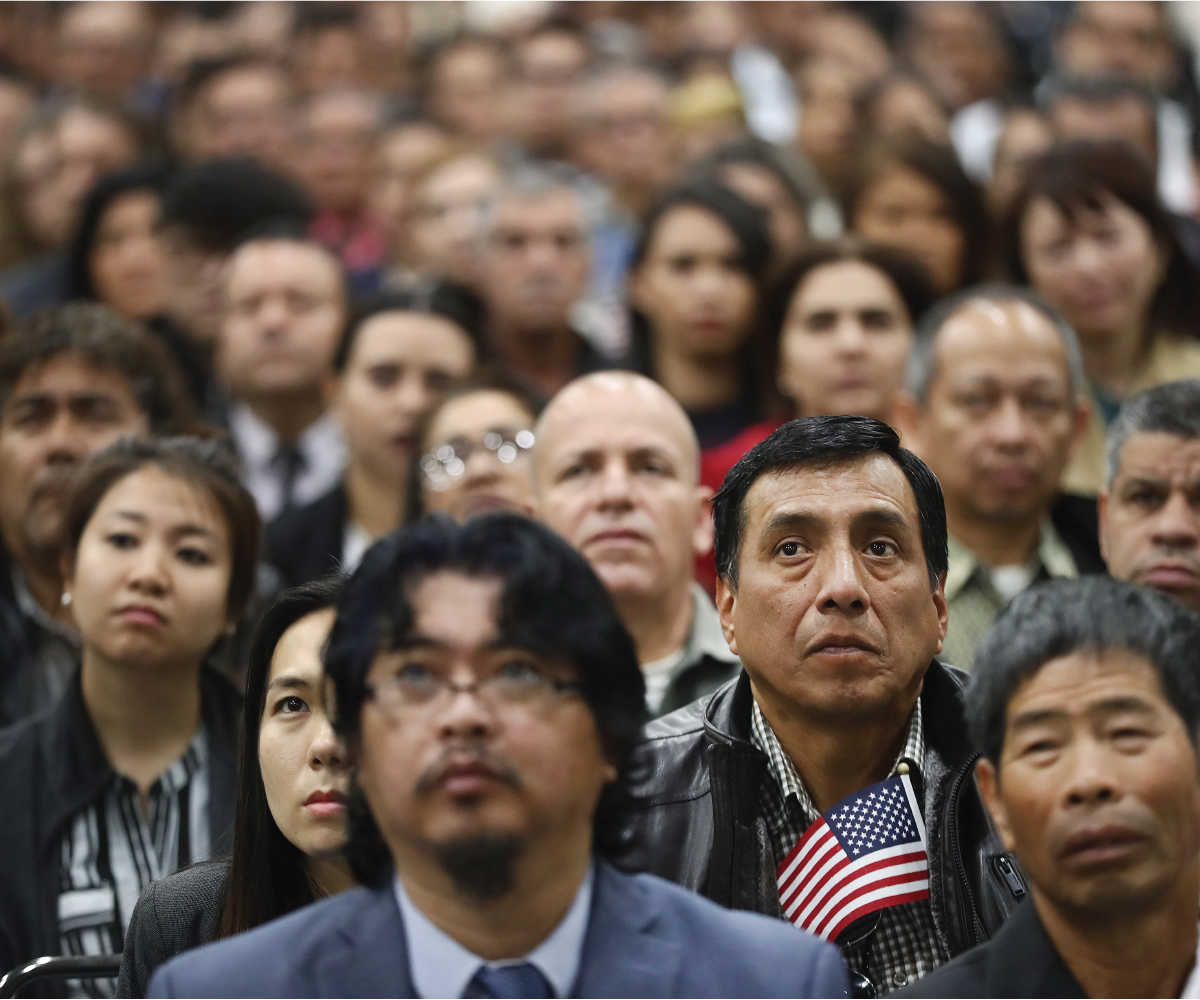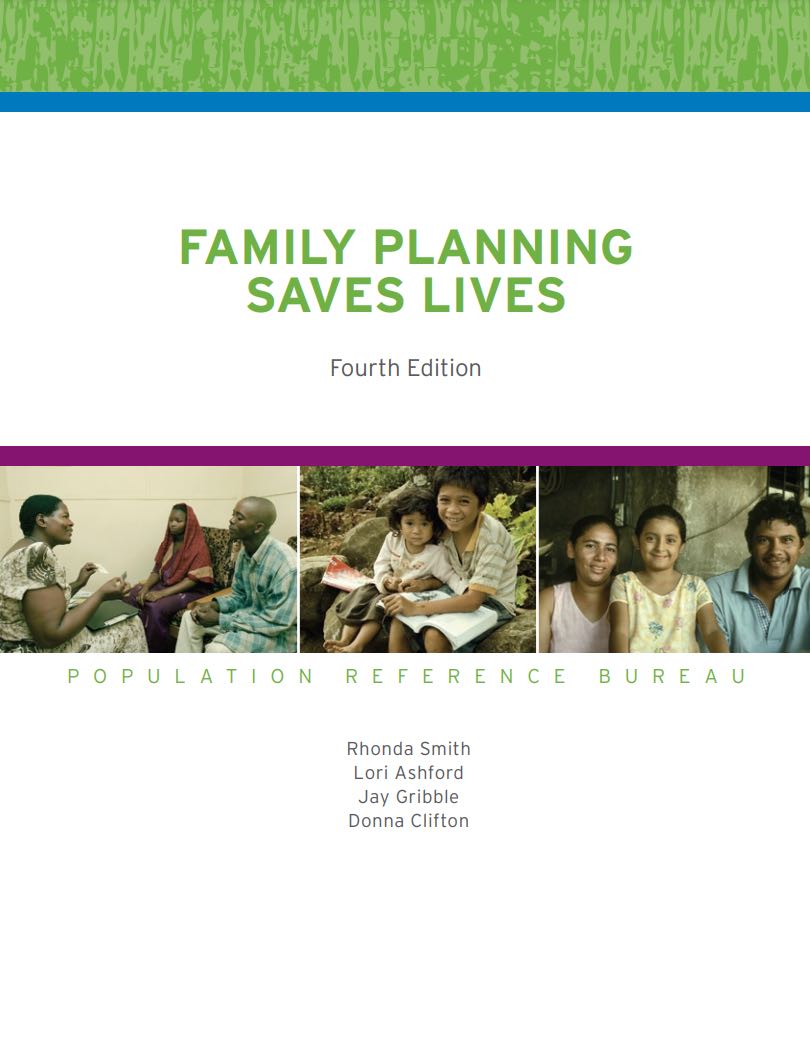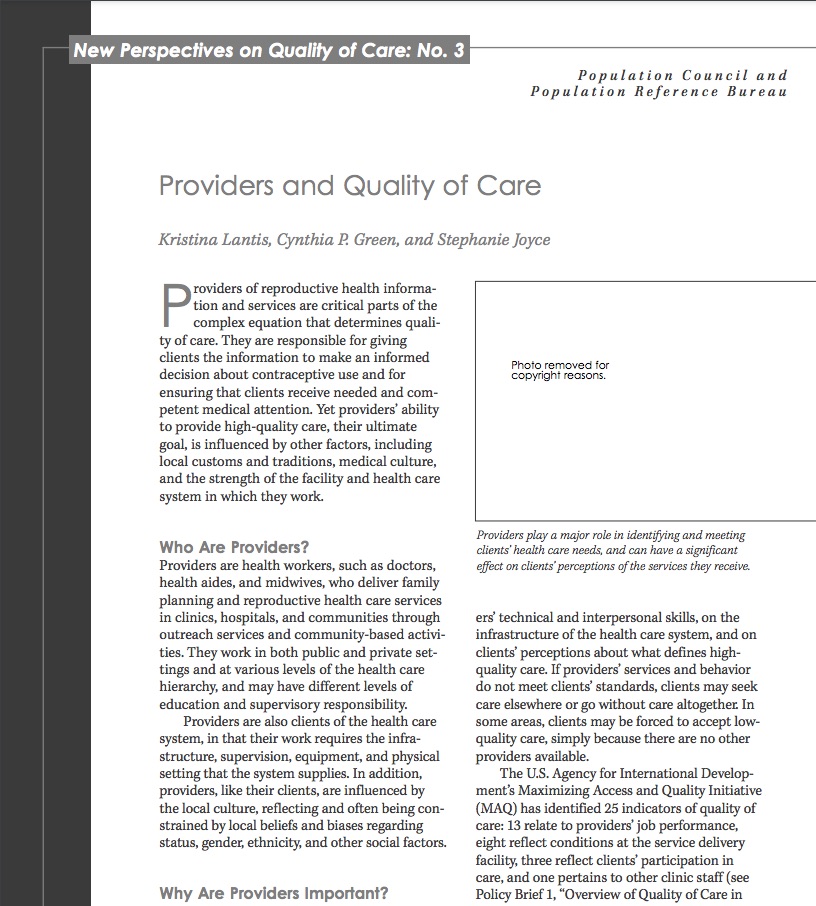PRB Discuss Online: Child Poverty in America
(2009) The percent of children in poverty (19 percent based on data released on Sept. 10 by the U.S. Census Bureau) is far higher than that of the working-age population or the elderly.
(2009) The percent of children in poverty (19 percent based on data released on Sept. 10 by the U.S. Census Bureau) is far higher than that of the working-age population or the elderly.

A century beyond the country’s strictest immigration law, here’s what the data tell us about who’s coming to the United States

Project: BRIDGE: Bringing Information to Decisionmakers for Global Effectiveness
(2009) Family planning is a lifesaver for millions of women and children in developing countries according to a new report by the Population Reference Bureau.
(2010) Climate change poses one of the greatest challenges for health and development in the 21st century.
(2014) Increasingly, development workers, program planners, and donors are recognizing the benefits of integrating family planning (FP) with other sectors. More research is needed, however, on the effectiveness of multisectoral programs.

(2010) The growing use of family planning around the world gives women and couples the ability to choose the number and spacing of their children. Policymakers and family planning advocates are increasingly aware that modern contraception offers tremendous benefits through improved health and economic well-being.

(2002) Providers of reproductive health information and services are critical parts of the complex equation that determines quality of care. They are responsible for giving clients the information to make an informed decision about contraceptive use and for ensuring that clients receive needed and competent medical attention.

(2011) Together, China and India account for 37 percent of the world’s population. Both countries have conducted censuses over the past year, and when they report their census results, figures such as the widely accepted world population total are at risk of changing.
(2007) How are environmental, poverty, and security trends in today's world affected by population dynamics? What is being done to address these issues? What is needed?